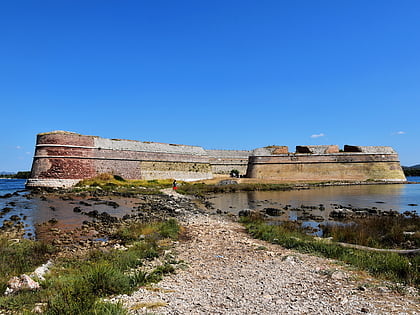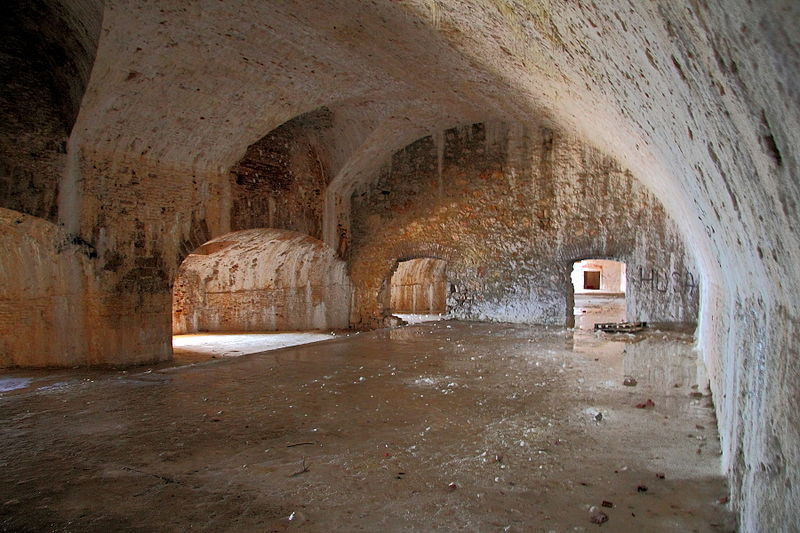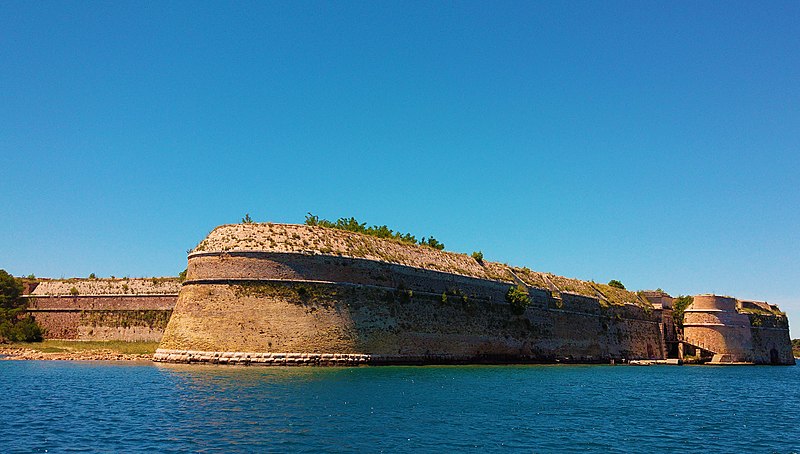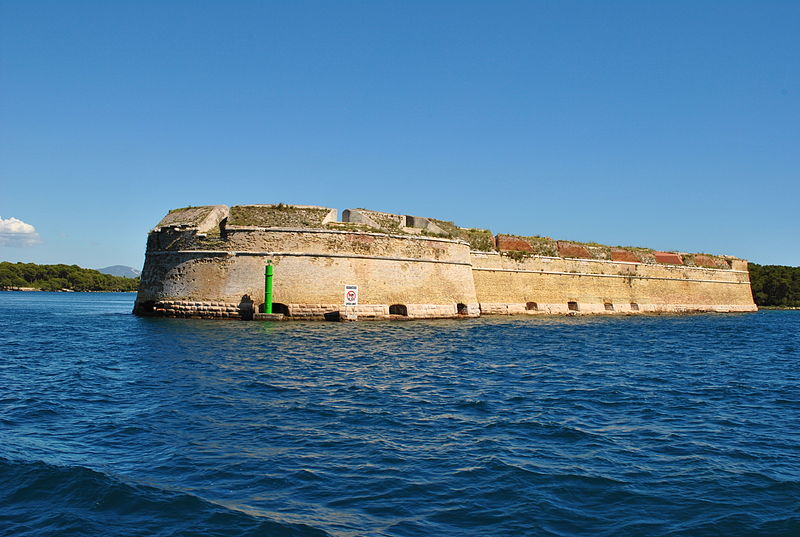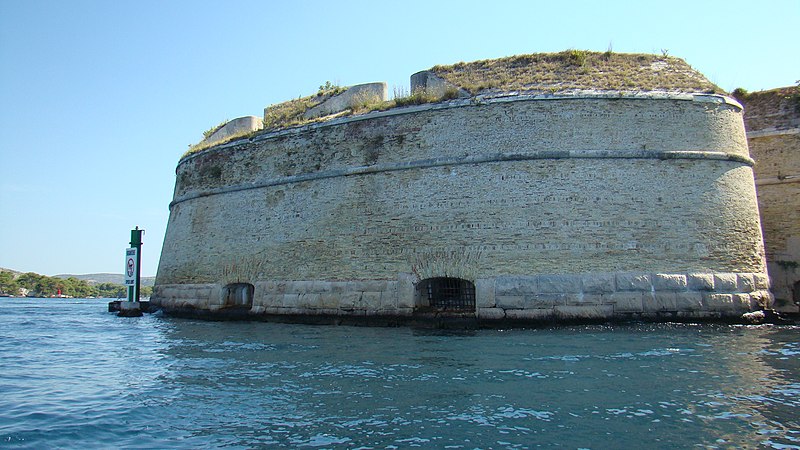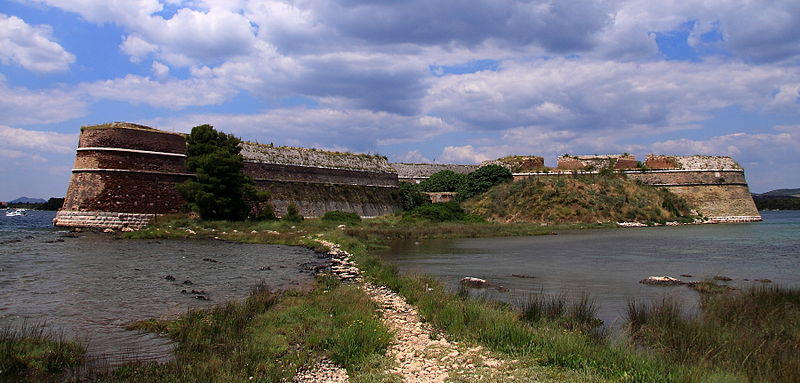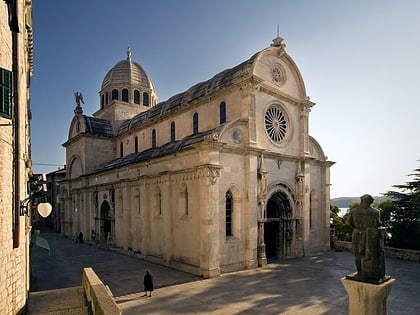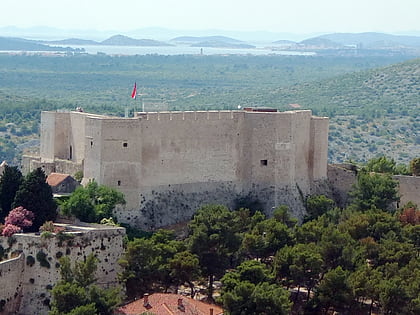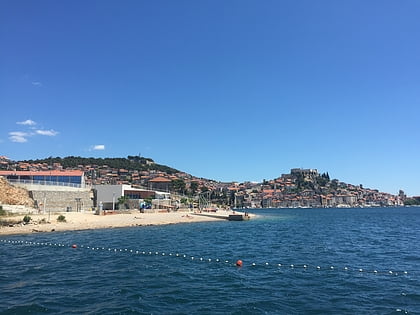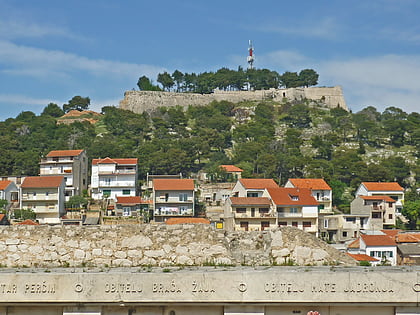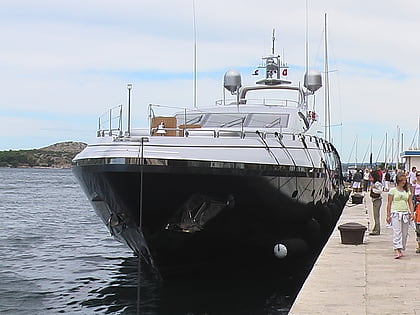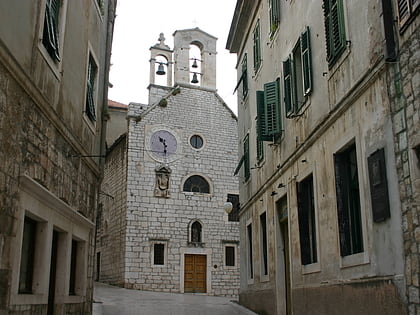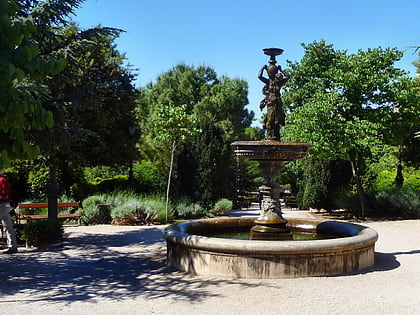St. Nicholas Fortress, Šibenik
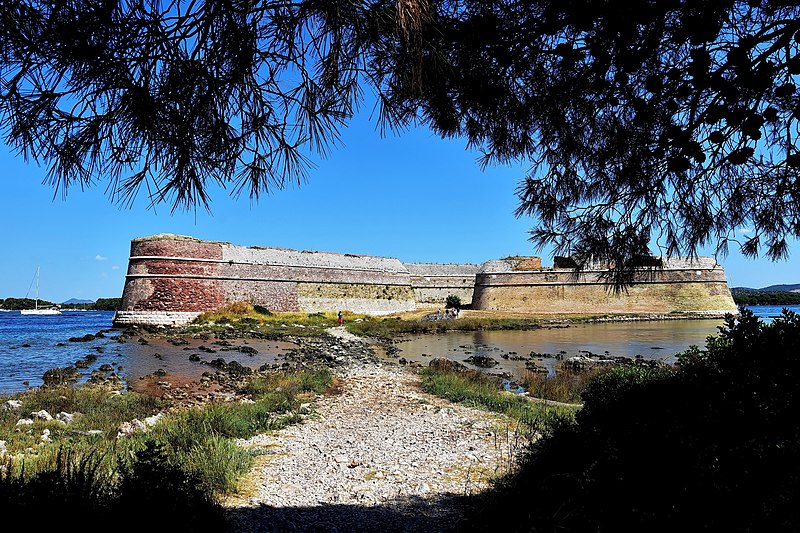
Facts and practical information
St. Nicholas Fortress, perched on the entrance to the St. Anthony Channel near the Adriatic city of Šibenik, Croatia, stands as a formidable sentinel of the past. Constructed in the 16th century, this castle is an exemplary relic of defense architecture, designed to protect the city from sea invasions, particularly from the advancing Ottoman Empire.
The fortress, named after Saint Nicholas, the patron saint of sailors, was built on the island of Ljuljevac and is one of four fortifications that fortified the city of Šibenik, but its unique seafront position makes it particularly striking. Its robust construction and strategic location made it an invaluable component of the city's defense system.
With its thick walls and imposing shape, St. Nicholas Fortress is a testament to the military engineering of its time. It was designed by the Venetian architect and builder Hyeronimus di San Michaela, and its triangular plan with commanding bastions reflects the adaptation of the then-modern fortification principles to the specific site and the requirements of warfare involving firearms.
Today, St. Nicholas Fortress is recognized as a cultural heritage site and was listed as part of the UNESCO World Heritage Site 'The Defense System of the Republic of Venice between the 16th and 17th Centuries' in 2017, highlighting its historical significance and the interwoven history of the Adriatic maritime powers.
Although it is no longer accessible by land due to the changing landscape and sea levels, the fortress can be visited by boat, offering tourists a unique opportunity to experience a piece of Croatian maritime history. Inside, visitors can explore the remnants of the old barracks, armories, and watchtowers, imagining the life of the soldiers once stationed there.
St. Nicholas Fortress – popular in the area (distance from the attraction)
Nearby attractions include: Šibenik Cathedral, Tvrđava sv. Mihovila, Banj, St. John's Fortress.
